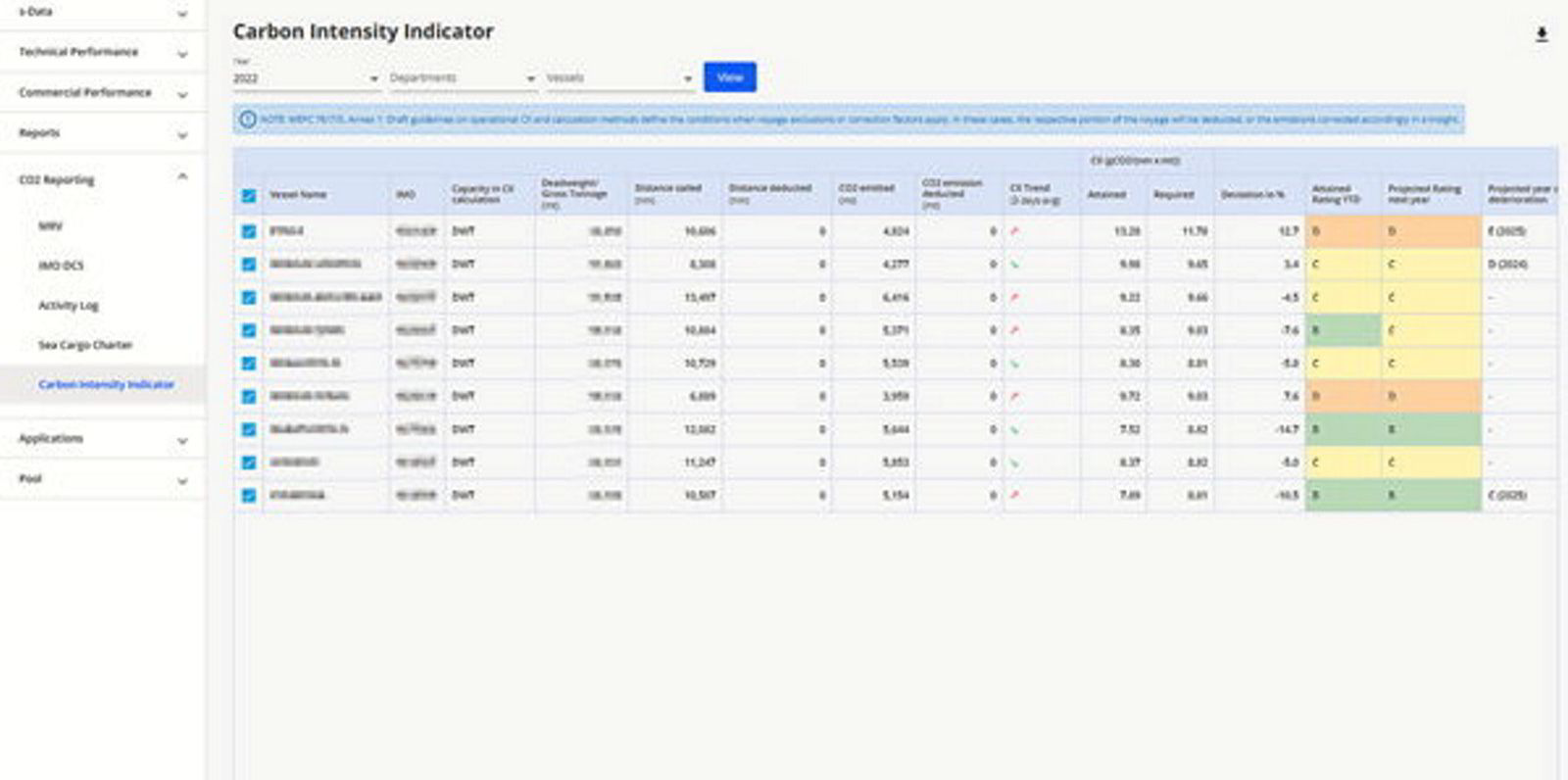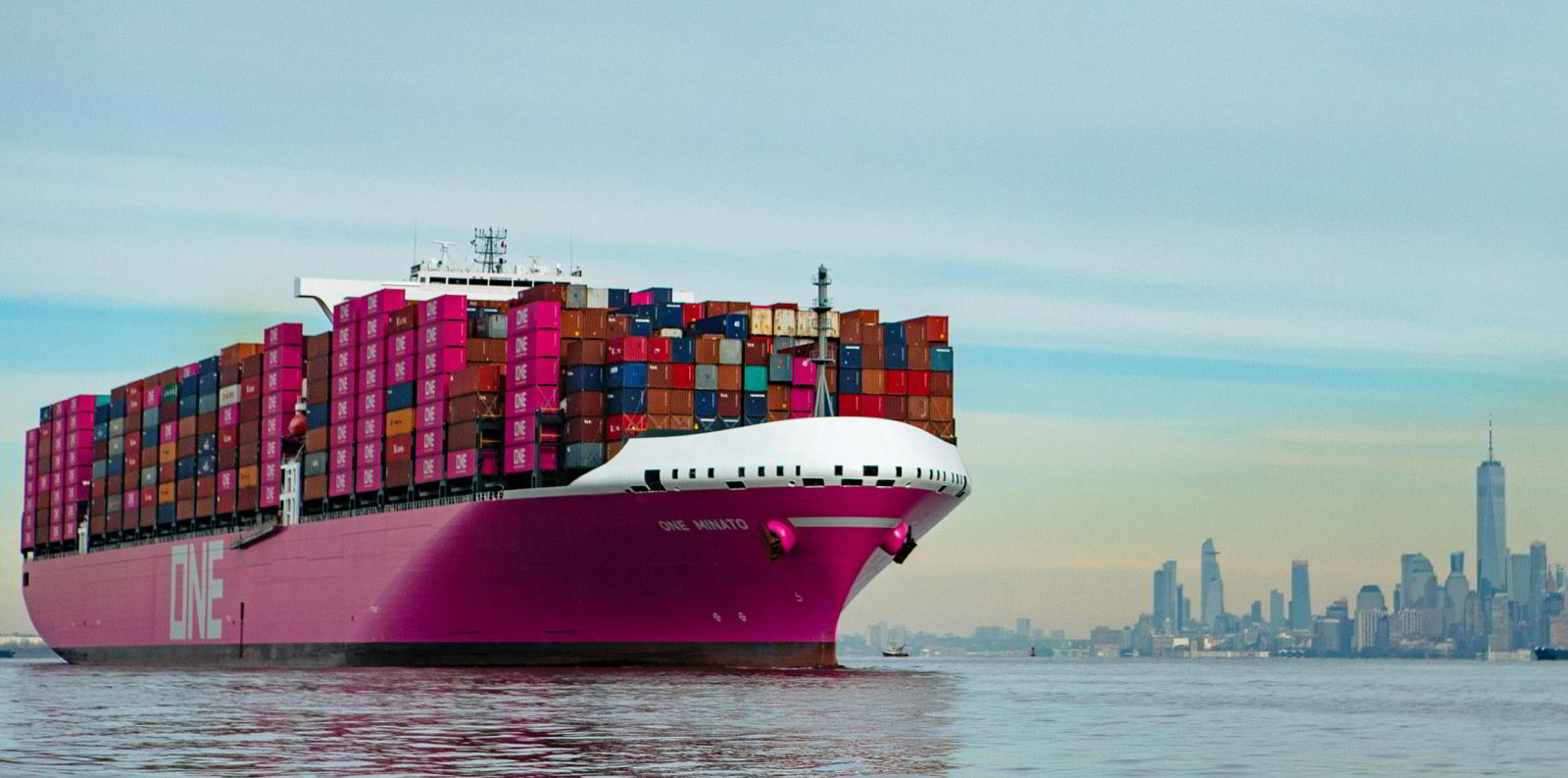Shipping weather intelligence provider StormGeo is launching a Carbon Intensity Indicator (CII) tool that will link into the suite of voyage execution systems it has developed since taking over DNV’s fleet performance management activities in 2019.
The CII Dashboard will provide ship operators with digital tools to calculate, report and improve the carbon rankings of their fleets when the International Maritime Organization’s CII rules come into force next year.
It will be integrated into the StormGeo s-Insight platform which combines software for voyage planning, weather routing, vessel performance optimisation and fleet performance.
Unlike other CII calculators, StormGeo said it can also provide expert advice on a consultancy basis as to how to improve vessel carbon intensity rankings for users of the whole s-insight package.
The tool will calculate attained and required CII ratings, and the deviation between the two, StormGeo said. From a preliminary rating it will also predict how vessels will be ranked in the future as rating limits are tightened.
Exclusions for distance under defined conditions and corrections for reefer, cargo heating and cooling systems can also be calculated and deducted, the company which was acquired by Alfa Laval last year said.
StormGeo vice president fleet performance management, Thilo Duckert said the dashboard was developed from client feedback on what they needed to ensure compliance with the CII rules to measure how efficiently ships transport goods or passengers in grams of CO2 emitted per cargo-carrying capacity and nautical mile based on their Annual Efficiency Ratio (AER).
‘A’ ratings will indicate high operational efficiency while vessels receiving a ‘D’ or ‘E’ will be required to submit a plan outlining what improvements will be made to achieve at least a ‘C’ grade.

“A simulation feature will be incorporated into the dashboard in the future which ship operators can use to run scenarios that provide insight into how the potential deployment of operational optimisation measures will impact a vessel’s CII rating for that year,” said Duckert.
He told TradeWinds that StormGeo provides fleet performance software to the operators of more than 5,000 ships and, is on a daily basis, giving consultancy services for 1,500 of the vessels via semi-automated tools and a team of ten experienced former mariners.
Duckert said big shipping companies may be able to run their own technical performance departments but mid-size and small ship operators cannot afford to do it themselves or have experts on hand.
Payback is very quick, he argued, amounting to just a couple of days’ savings with large ships burning up to 200 tonnes of fuel oil per day. A 5% saving on that consumption would equal $4,000 per day, he said.
Vessels will need to continue to accumulate fuel savings of around 2% every year to maintain CII ratings, which he said the calculator could help generate, up until retrofits or replacements were necessary. It could also compensate for performance being degraded by high crew turnover.
“Ultimately, we will integrate a voyage efficiency indicator into the tool that evaluates how efficient a voyage is compared to a benchmark,” he added.





